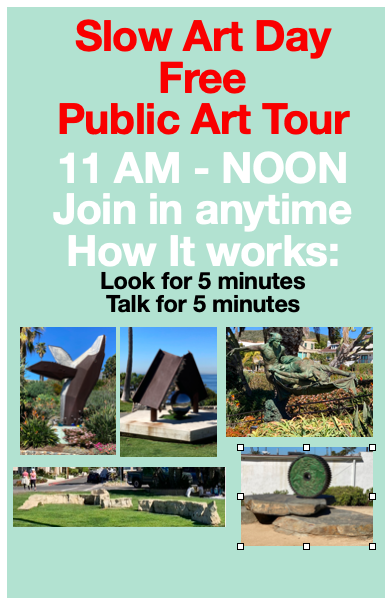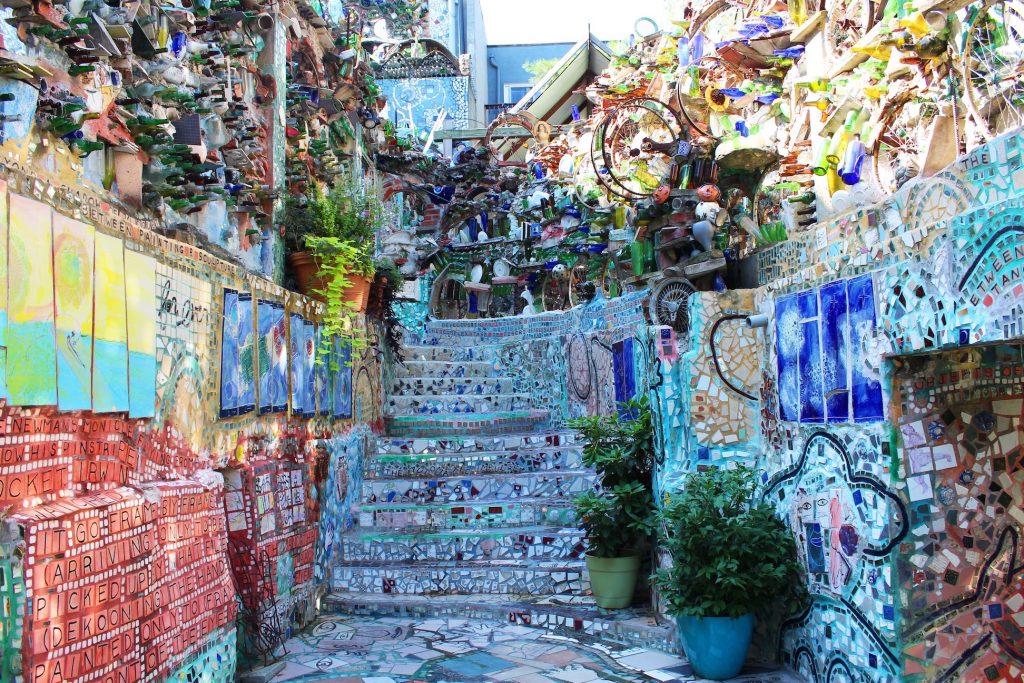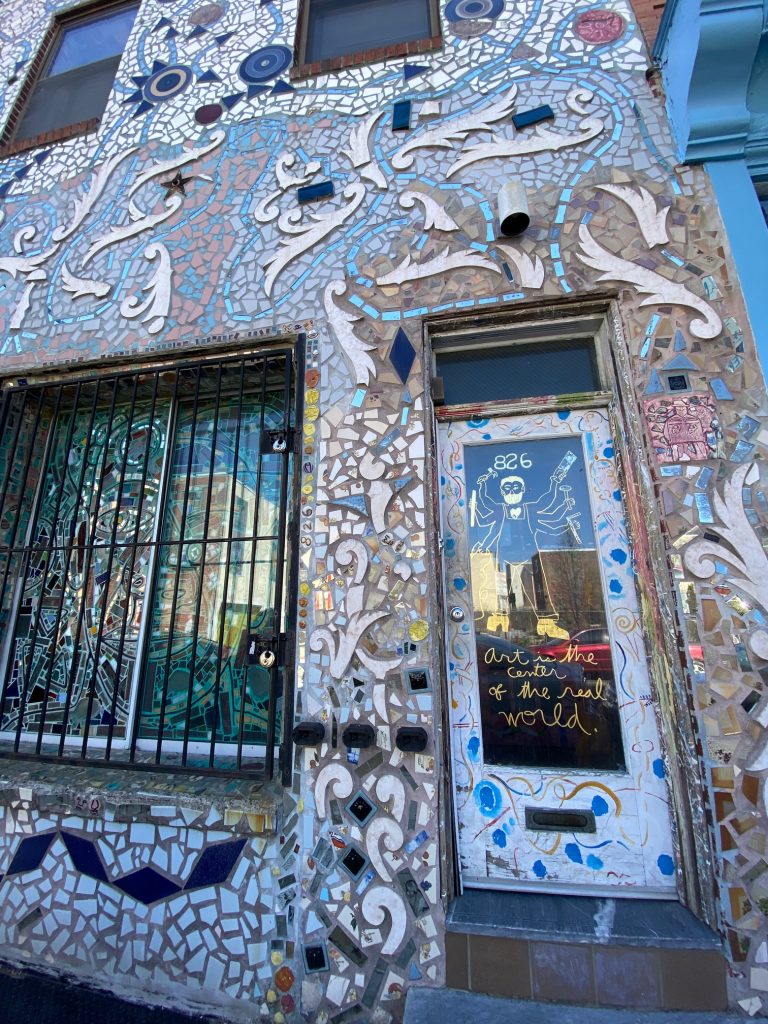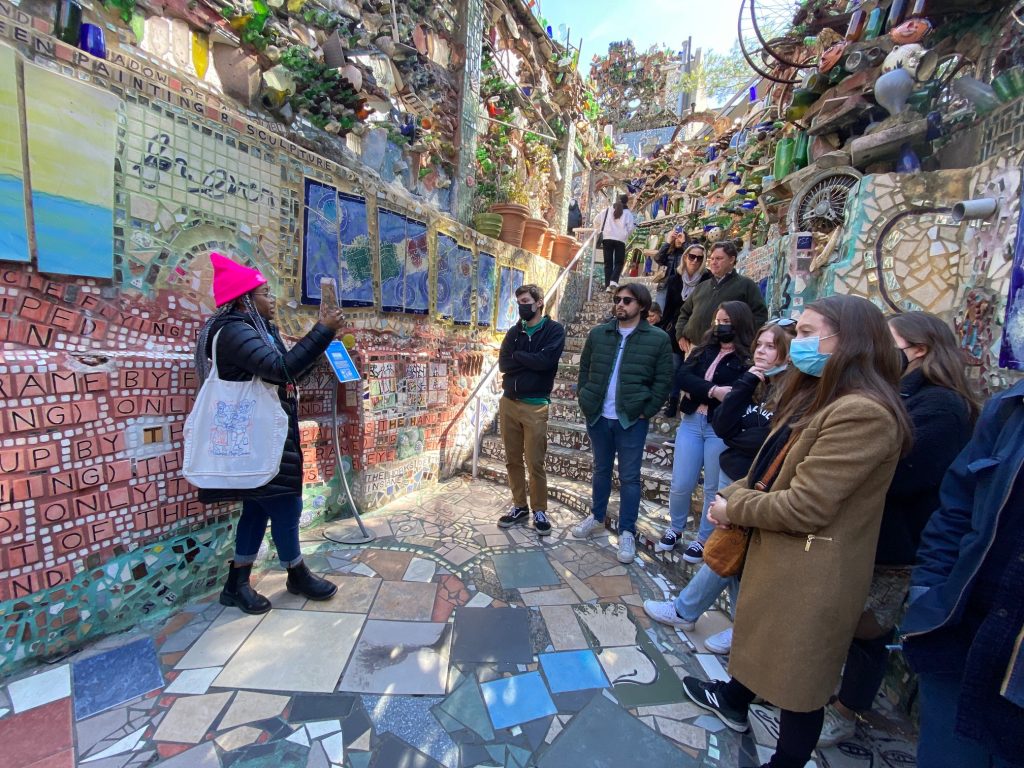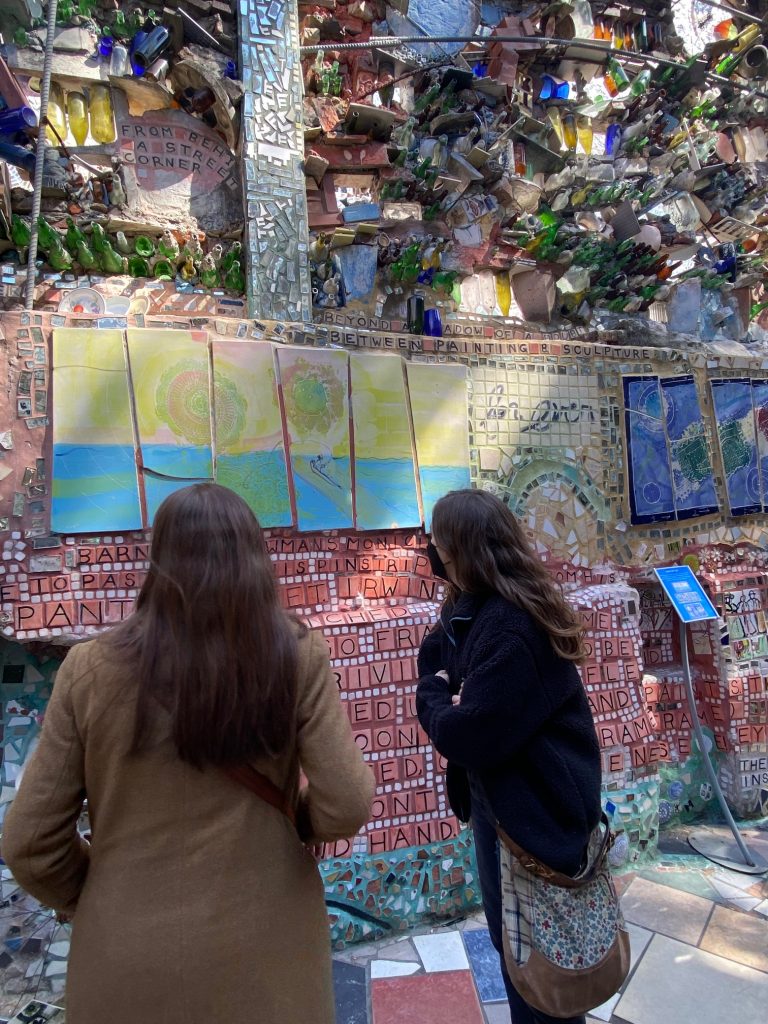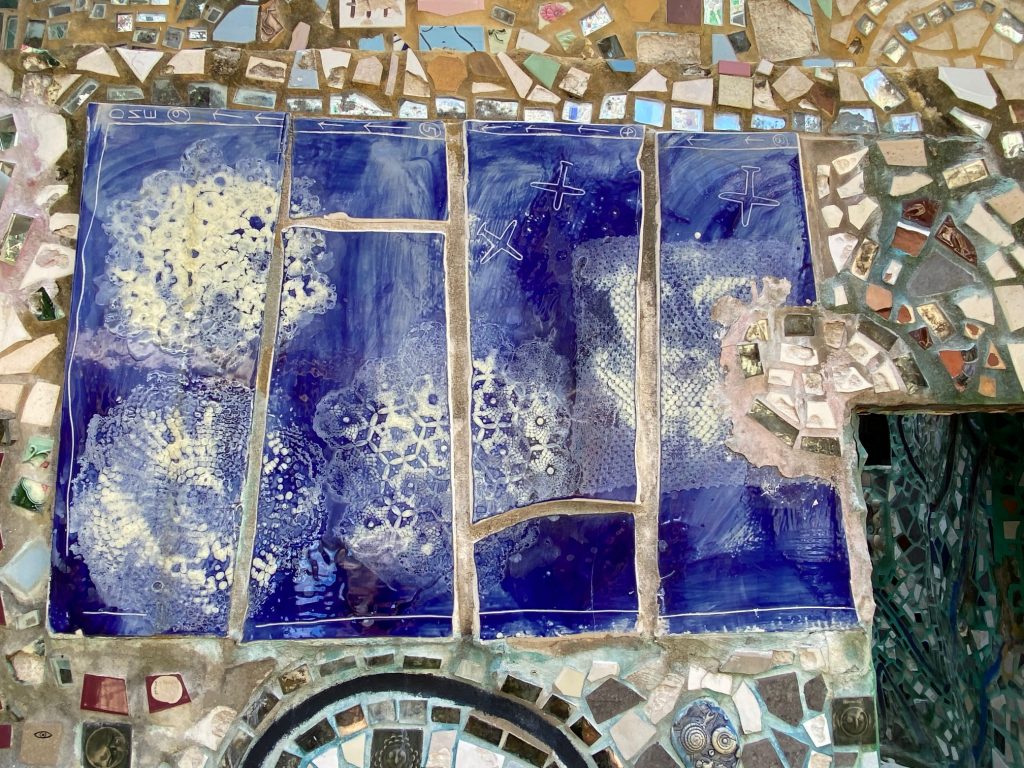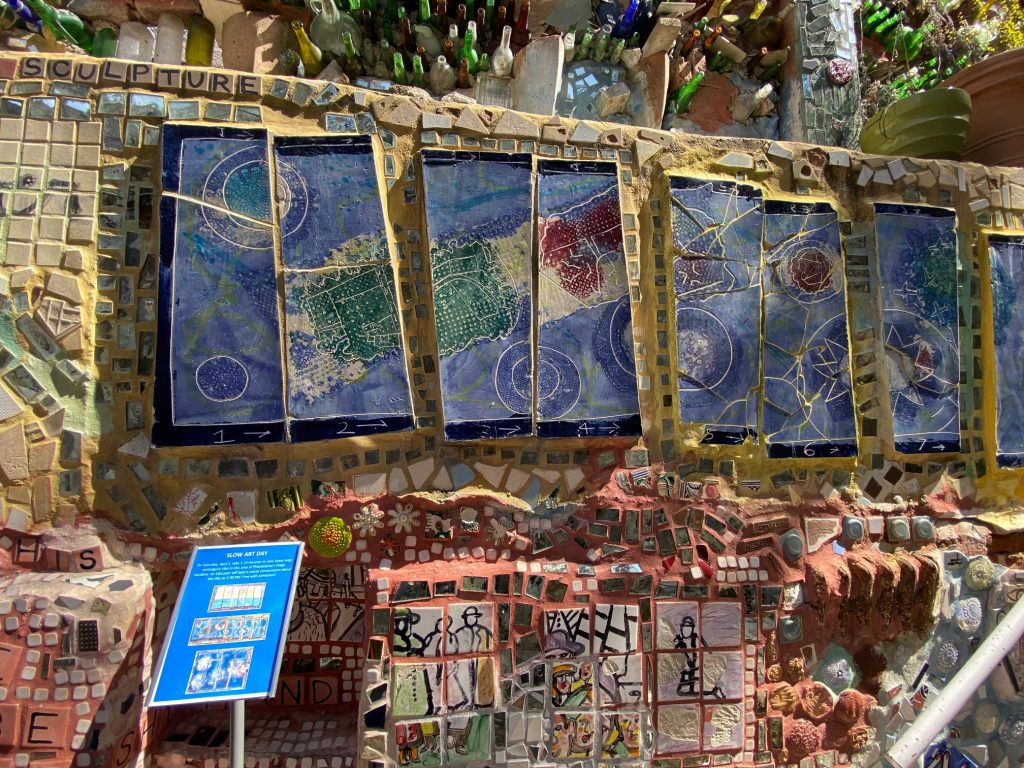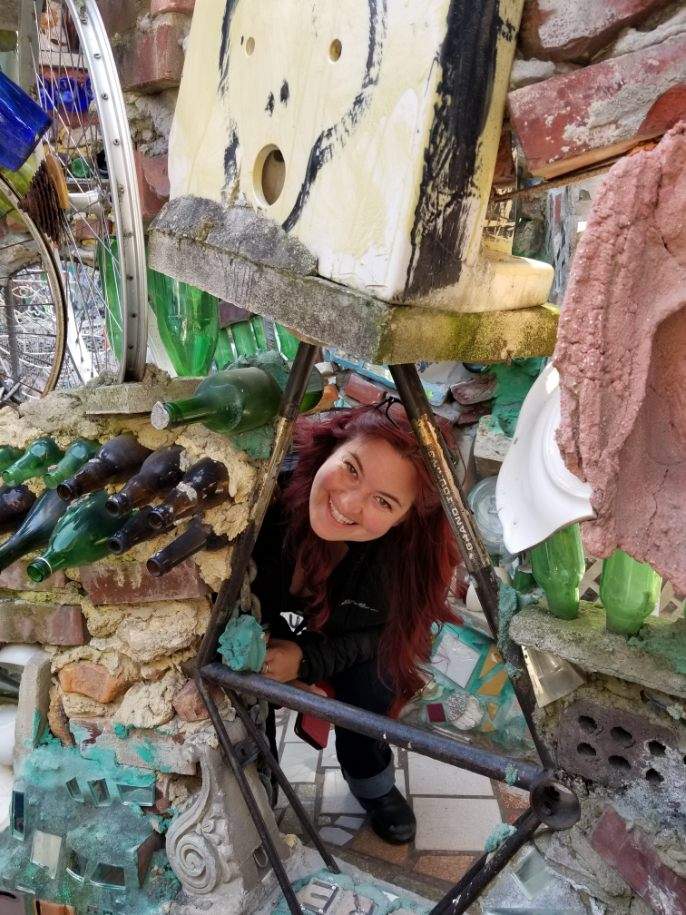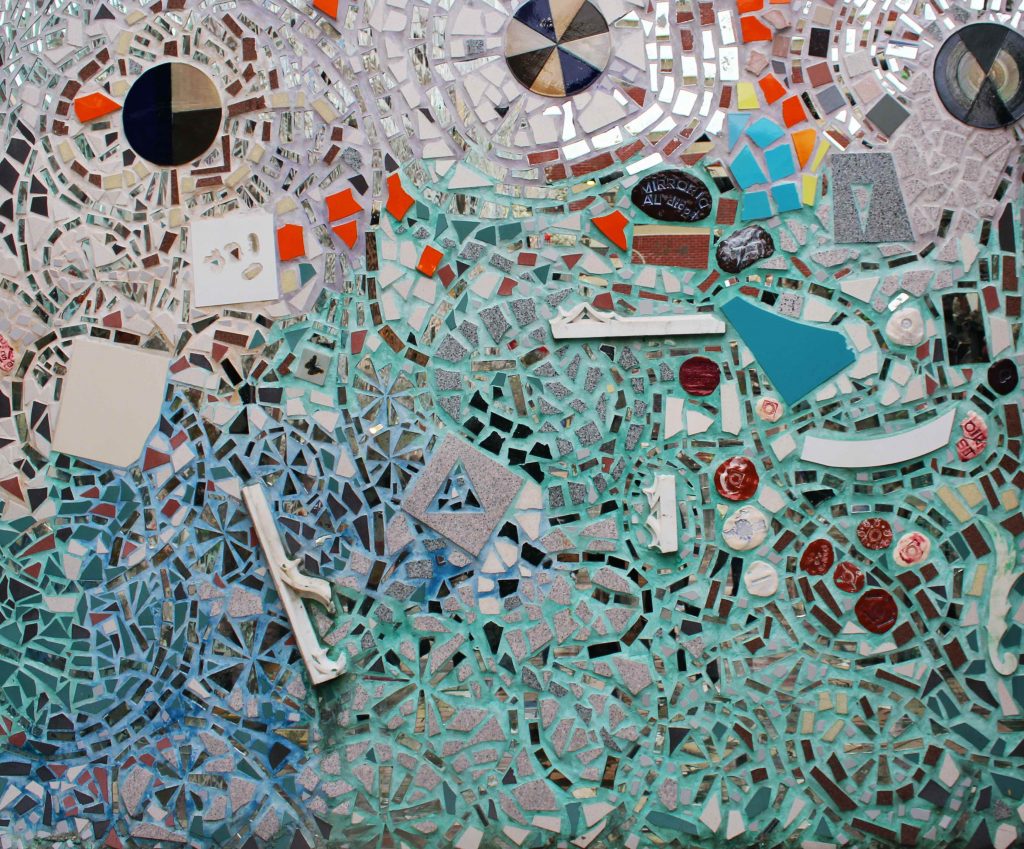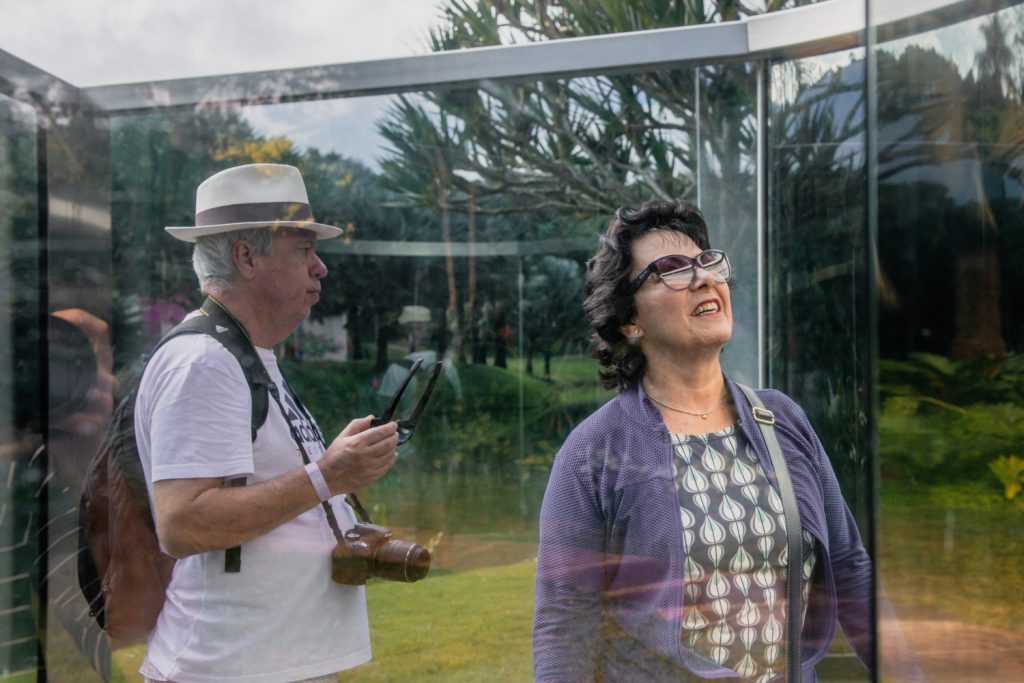For their third Slow Art Day, educators and docents at Grounds for Sculpture (GFS) in Hamilton, New Jersey, invited visitors to slow down and look at any four different sculptures.

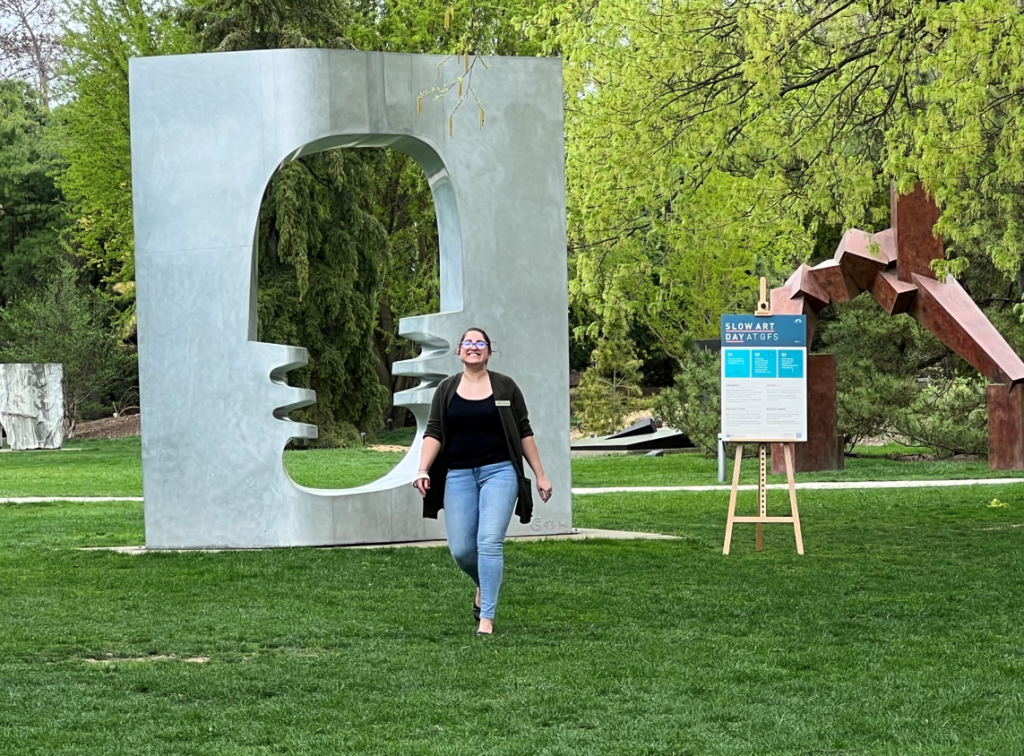


While looking slowly, participants were asked to consider the following prompts:
- Observe:
Take a deep breath, walk around the sculpture and let your eyes move slowly around the artwork – from where it touches the ground all the way up to the sky. What do you notice? Make three observations based on what you noticed. - Share:
Think of a story or experience this sculpture reminds you of – anything that comes to mind. Think of a friend that you want to share this sculpture with; why does this person come to mind? - Reflect:
What do you notice about the sculpture now that you did not see at first glance? How does this change your impression of the sculpture? If you’re with others, share your responses. Did they have similar or different thoughts on the sculpture? - Repeat:
If you are up for the Slow Art Day challenge, then repeat this excercise with three other sculptures. What new question might you pose for slow looking? Add it to your next slow look.
Here are a few of the visitor observations while slow looking at the sculpture Dorian, which proved to be one of the most popular pieces for Slow Art Day according to GFS docent Adria Sherman:
A child noticed the triangles, diamonds and octagons. Another thought it was a spaceship. A
Adria Sherman
young woman visiting from California saw a hummingbird sipping water and appreciated the
effect of clouds on the reflections. The most touching and personal interaction I had was with a couple holding hands. They viewed the sculpture as a living person and its reflection on the surrounding water as the memory of the deceased individual that lives on in the mind of loved ones.
Sherman also mentioned that Slow Art Day 2023 created one of the best visitor experiences she has witnessed in her long tenure at Grounds For Sculpture.
At Slow Art Day HQ, we always love reading about what the team at GFS designs for their annual event, and we look forward to seeing what they come up with for their fourth Slow Art Day in 2024.
– Jessica Jane, Ashley, Johanna, and Phyl
P.S. Stay up to date with events at GFS via their Facebook and Instagram pages.

